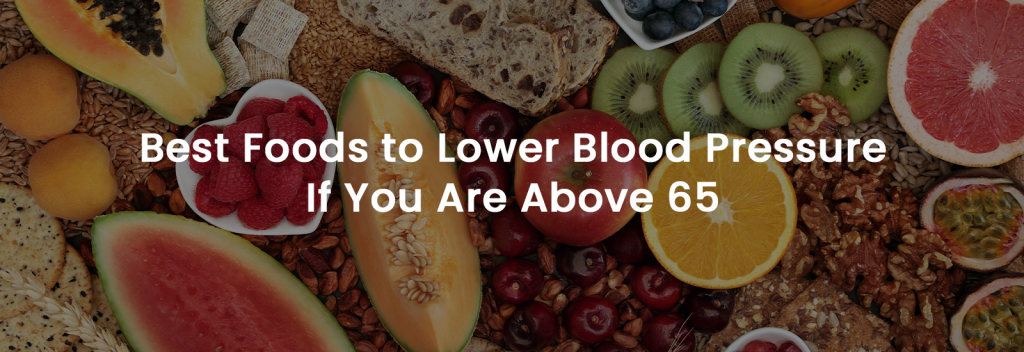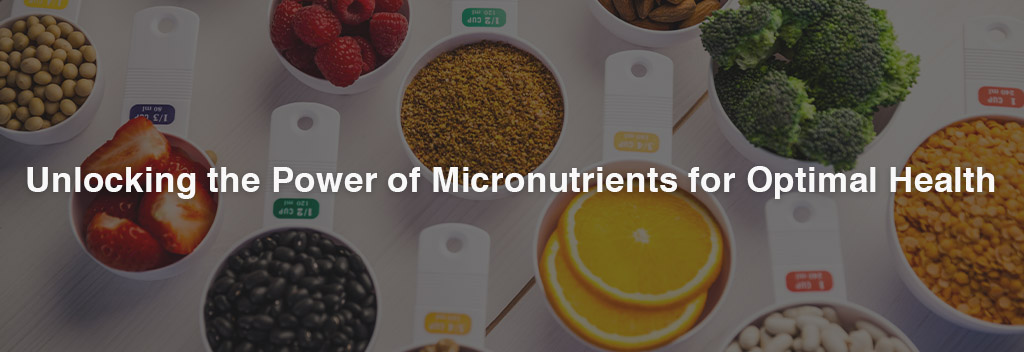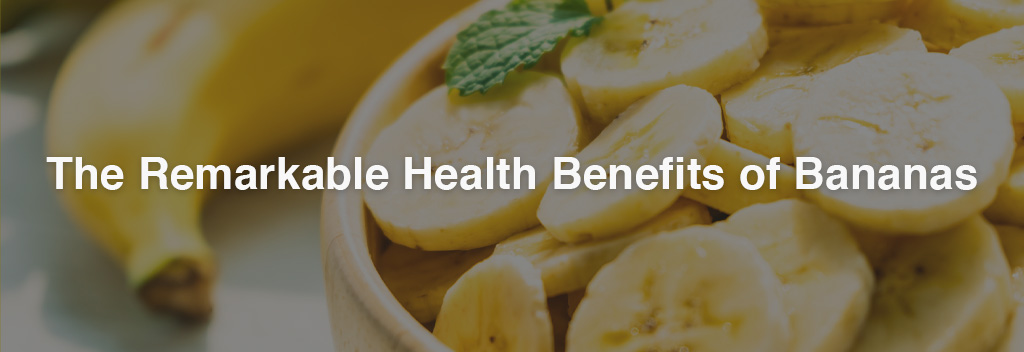
For Breakfast

A balanced, nutritious, and low-sodium breakfast can help set the tone for the rest of your day’s meals. A great breakfast can help you boost your energy levels. Here are some healthy breakfast options you can choose from:
1. Oatmeal
Oatmeal is a high-fiber, low-sodium food. It’s the ideal start to the day for anyone with high blood pressure when made with low-fat or plant milk. For a more flavorful meal, try adding flavours such as cinnamon, and avoid the use of butter or cream. Oatmeal is also convenient because it’s an easy-to-make meal.
Another option is soaking oats overnight. Oats soaked overnight have a high fiber level, which keeps your stomach fuller longer. It also aids in the cleansing of the digestive tract. You can put together overnight oats with fruits or berries for a sweet flavor or with boiled veggies for a savory flavor. Don’t be afraid to get creative!
2. Eggs
Eggs are high in protein and one of the more popular breakfast options. While egg yolks are known for being high in cholesterol, recent studies have found that nutrients in the yolks have health benefits. Try eating a single whole egg or two egg whites as part of a heart-healthy breakfast. Scramble up some egg whites and serve with sauted vegetables on the side for a delicious and satisfying treat.
3. Yogurt and Berries
Yogurt is high in protein, calcium, vitamins, magnesium, and probiotics – all of which can help to increase the good bacteria in the gut. Berry toppings are abundant in antioxidants and provide important vitamins.
4. Whole Grain Bread, Bagels, & English Muffins
These whole-grain breakfast options are high in minerals like potassium and fiber, which have been linked to reducing blood pressure levels. Remember to eat items made with whole grains rather than refined white flour.
Healthy Snack Options

Snacking is a guilty pleasure that we all have. Almost every grocery store has snack aisles filled with chips, cookies, crackers, pretzels, and more! These unhealthy snacks are high in salt and are frequently our first choice when we are hungry. Opt for nutritious low-sodium snacks and choose from the following healthy snack options:
1. Unsalted Nuts
Nuts are a popular healthy snack that is high in protein. Nuts are substantial in unsaturated fats, omega-3, fatty acids, fiber, and other nutrients that can help with high blood pressure. When shopping for nuts, look for raw or dry-roasted unsalted nuts, and only eat a small handful at a time.
2. Dark Chocolate
According to Harvard studies, dark chocolate is a perfect snack replacement for adults with high blood pressure. It has a lower sugar content than milk chocolate or other desserts. Cocoa (found in dark chocolate) is high in flavanols, and a plant component demonstrated to stimulate nitric oxide generation in the inner lining of blood vessels. This procedure aids in the improvement of blood flow and the relaxation of blood vessels, resulting in lower blood pressure.
3. Fruit Smoothies
Smoothies, when correctly prepared and portioned, are an excellent way to add fruits and vegetables to your diet to help lower your blood pressure. They’re packed with the nutrients you require. Watch out for recipes that call for sherbet as a key ingredient, as this is not the healthiest option. When a recipe calls for milk, try to use low-fat or reduced-fat milk or even plant milk.
For Lunch

Try a dish for lunch that is low in salt, fat, and calories. Salads are a great option for a healthy lunch or even as a side dish when paired with a main course can help you feel full for a longer period of time.
The building blocks of a great salad are as follows :
- Green Leaves – including salad leaves and micro greens
- Carbohydrates – rice, bread, millets (choose one)
- Proteins – lentils, cheese, lean chicken or fish (choose one)
- Vegetables & fruits of your choice
- Low fat dressing – made from extra virgin olive oil, vinegar, honey, mustard and herbs and seasoning, such as fresh or dried herbs, salt, pepper, cumin
- Nuts for crunch and texture
Enjoy a bowl of wholesome nutrition that contains a good amount of vitamins, minerals, healthy fats, and fiber.
Drink Options

Limiting soda, caffeinated drinks, and alcohol is a great approach to keeping your blood pressure in check. Some of these beverages can raise blood pressure, so focus on finding heart-healthy alternatives.
1. Green Tea
Green tea and other herbal teas are high in antioxidants and have anti-inflammatory properties. It’s no surprise that they have been consumed for years for therapeutic purposes. Long-term consumption of these teas has been shown to reduce blood pressure, according to research.
2. Low-fat Milk
Consuming low-fat dairy products such as fat-free and low-fat milk may lower blood pressure, according to experts. Milk is high in critical minerals such as calcium, vitamin D, and other substances that help to lower blood pressure.
For Dinner

A bowl of soup can be a comforting dinner: It’s warm, filling, and can be full of healthy nutrients. Making nutritious soups at home is probably easier than you think, and it gives you more control over what goes into your bowl. Homemade soups allow you to eat more veggies, legumes, and lean meats while avoiding processed grains, added sugar, and other components that might elevate blood pressure.
The goal is to combine high-quality, fresh ingredients that work together to enhance metabolic health while still tasting great. Once you’ve decided on the type of soup you want to make, focus on optimizing each of the soup’s key ingredients: vegetables, broth, protein (lentils, beans), etc. The following are some general tips for making healthy homemade soups.
- Make sure you use a great quality broth or stock (chicken or vegetable)
- To begin, add veggies and aromatics such as garlic and onions to the mix.
- Include as many low-carbohydrate, high-micronutrient vegetables as available. Bell peppers, mushrooms, broccoli, zucchini are some examples.
- Limit your addition of starchy vegetables like potatoes, green peas, corn, etc.
- Choose good quality protein such as cooked chicken or fish, soaked lentils, etc.
- Noodles, rice, pasta and other carbohydrates should be avoided or used in limited amounts to add a bit of bulk to the dish and make it more filling.
- Use only a pinch of salt.
- Experiment with different herbs and spices to see what flavors you like.
- Cook for at least 35 minutes for the best results.
A Healthy Diet Can Help Maintain Blood Pressure Levels






